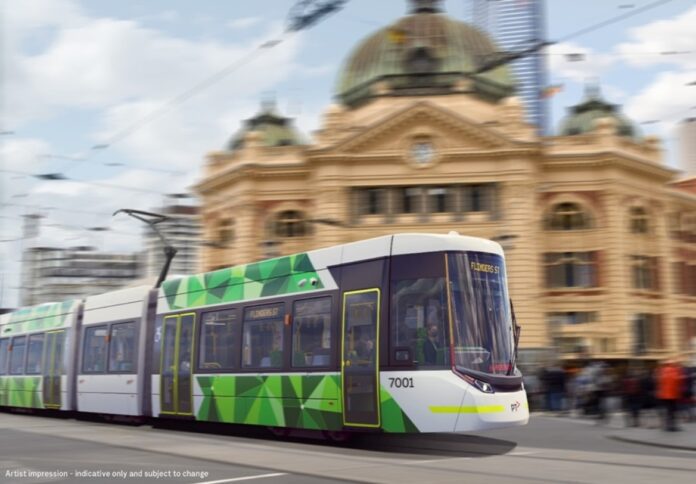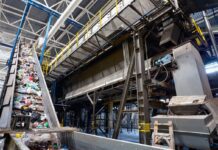
The Department of Industry, Science, and Resources has launched the National Rail Procurement and Manufacturing Strategy, outlining initiatives that will help the nation achieve a more sustainable and globally competitive rail manufacturing sector.
The strategy details how the national government will work with stakeholders to develop a more collaborative approach to procuring rolling stock, including locomotives, carriages, wagons, trams, light rail vehicles, and their associated components and systems.
The strategy is a vital part of the National Rail Manufacturing Plan, which was developed in consultation with various stakeholders, including state and territory governments, rail manufacturing companies, unions, industry bodies, and researchers and universities.
Stakeholders have cited various challenges that stand in the way of cementing Australia’s position as a global leader in rail manufacturing. These include workforce and skills shortages. However, the biggest structural challenge is the fragmented nature of the Australian market in passenger rolling stock.
Under the current system, states and territories lead on passenger rail procurement, with decisions focused on local outcomes, resulting in the lack of rail interoperability across the country. This means suppliers seeking to establish a national presence must navigate competing local content policies, different and complex procurement processes, inconsistent technical and manufacturing standards and incomplete information about the national forward pipeline of work.
These inconsistencies make it hard for companies bidding for work, ultimately undermining their abilities to achieve scale and efficiency, the Australian Government said in its strategy report.
These factors result in a higher price tag for Australian-made trains and trams and skilled workers lost to more stable sectors.
The strategy groups initiatives under six pillars to address these challenges.
Pillars 1 to 3 focuses on driving a national approach to rolling stock procurement, removing the barriers to achieving scale and efficiency, and providing a clearer case for investment in new manufacturing capability and capacity.
Pillar 4 will tackle the opportunity to bring scale, coordination, and collaboration to the domestic manufacture of heavy-haul and freight rolling stock.
Pillar 5 seeks to enhance research and innovation outcomes in the rail sector.
Finally, Pillar 6 will establish the foundation for good jobs and rewarding careers in rail manufacturing.
Australia’s rolling stock manufacturing sector directly employs around 5,900 people and has contributed over $875 million in industry value-added every year over the last decade to June 2023.
However, the country remains a net importer of rolling stock and components.
To read more about the National Rail Procurement and Manufacturing Strategy, visit industry.gov.au.




















